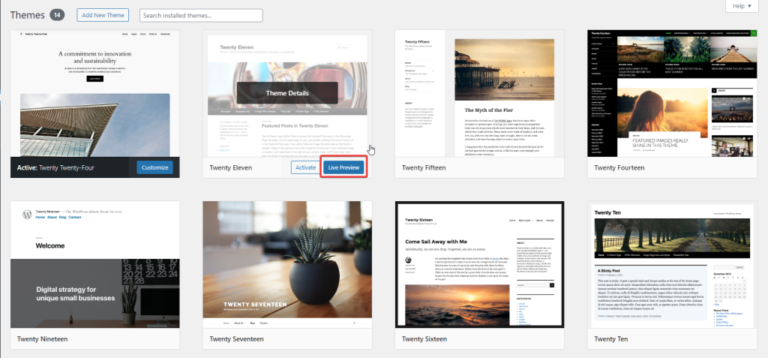The 1990s were a fascinating time, especially for those of us who came of age during that decade. But beyond personal experiences, the 90s were also a golden age for technology, particularly in the realm of web design.
During this period, the personal computer and the World Wide Web became mainstream. As a result, I began experimenting with web design. However, building a website in those days was a completely different experience compared to today. The web design industry was still in its infancy, with no established standards or best practices. Web designers had to adapt existing tools for this new medium, leading to a lot of trial and error.
One of the challenges we faced was the lack of precedent. There were no previous examples of successful websites to reference, and no guides on what made a great site. On one hand, this lack of trends allowed us the freedom to explore various designs and layouts. On the other hand, it meant that we didn’t account for factors like accessibility, resulting in websites with poor color contrast, tiny fonts, and intense animations.
In terms of tools, early web designers had very few options. I relied on a plain text editor and a graphics app for my work. Even Photoshop was not well-equipped for web design at that time. Features like code hinting and frameworks were non-existent, so we had to manually write code and learn by viewing the source code of other sites.
Content management systems like WordPress were still years away from being widely available. Each page of a website was a separate HTML file, and managing navigation and links within the content was a complex task. The introduction of Server Side Includes eventually simplified this process, but planning for future growth and maintaining consistent file structures were essential.
While technology was rapidly advancing in the 90s, there were still limitations. Computers had limited processing power and graphics capabilities, and internet speeds were painfully slow. This meant that websites had to be simple and optimized for slow connections. Large images, audio, and video content had to be highly compressed, and proprietary software like Flash or Real Player were often relied upon.
Despite these limitations, web designers still implemented poor practices like background audio and proprietary code. It wasn’t until later that we realized the impact and potential of the web. It evolved from a novelty to a necessity for organizations, and the audience expanded beyond computer geeks. Online commerce began to take root, but no one could have predicted the immense growth and impact of smartphones and wireless internet.
Looking back, the web of the 1990s seems light-years away from the present. Our experiments and mistakes during that era paved the way for a platform that adopted standards and developed trusted techniques. The web today is more technologically advanced, but it’s hard to deny the fun and excitement of those early days. Witnessing the transformation of the web was truly amazing.





